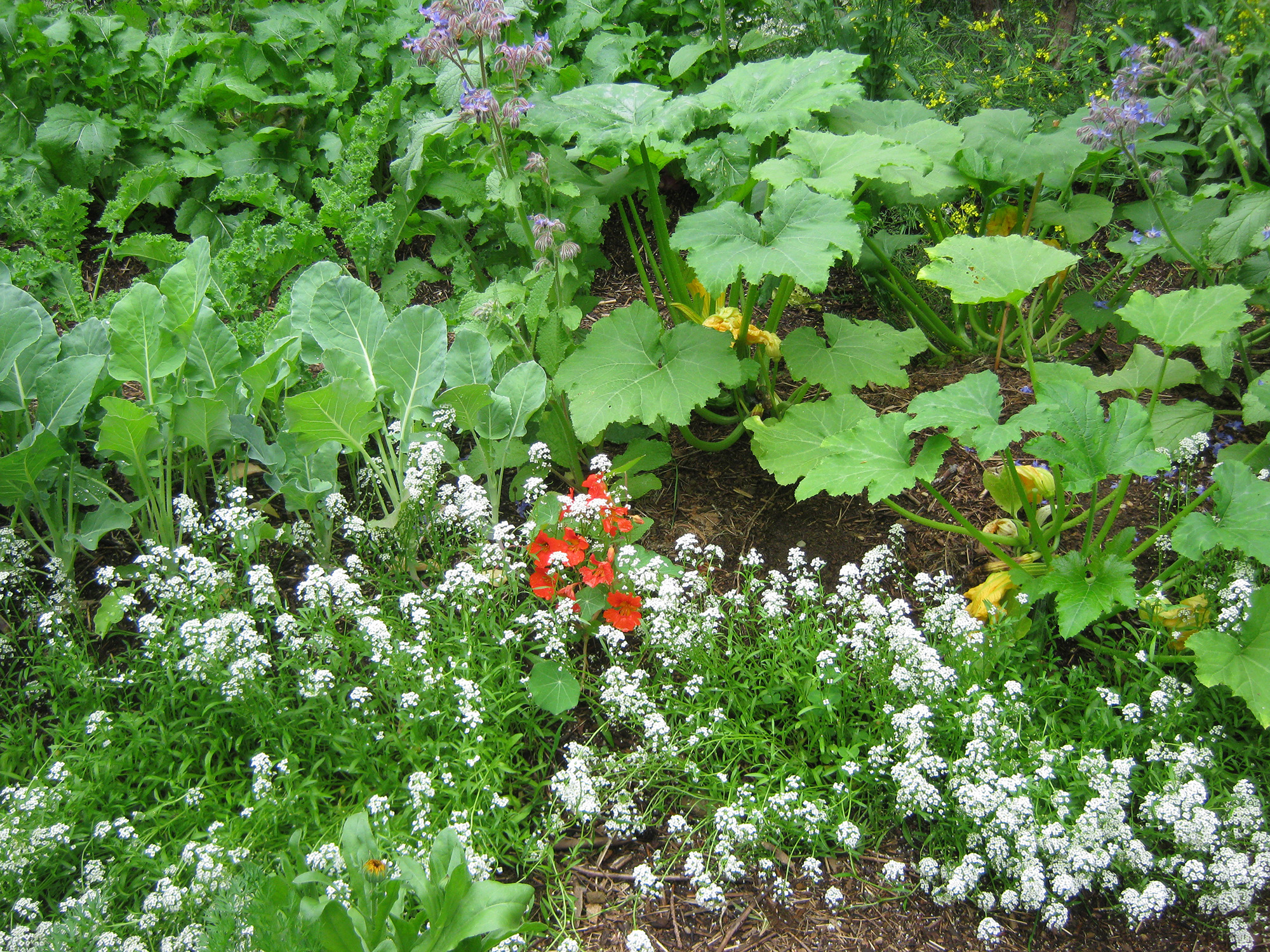Here’s another permaculture principle that some have a hard time getting the idea of. Edges. What’s so special about an edge, and what can it do for my permaculture garden designs?
You’d be surprised. Think of it like this:
The forest grows certain types of plants. These plants grow in a particular type of soil, which contains certain types of microorganisms and nutrients. The plants attract specific types of insects.
Beside that forest is a meadow. The meadow has a particular type of soil, grows certain types of plants, which in turn attract certain types of insects, and they are all different from the forest plants, soils and insects.
Where these two ecosystems meet is where the most action is. The edge of the forest and all of its denizens, meets the edge of the meadow and all of its denizens. So you have all the forest critters and all the meadow critters, plus there are plants, insects and microorganisms that are unique to that intersection of edges. This adds up to a lot of action.
This intersection and interaction creates the perfect place for abundance to grow. The edges of fields are generally the most productive; the edges of forests are too. The space between the pond and the field is teeming with life.
Using edges in your permaculture garden designs
Learning to value these edges and integrate them into your permaculture system is important. And it’s not that hard. It can be as simple as planting a row of trees beside the garden, or growing berry bushes beside a pond, to take advantage of that edge interaction.
It might sound like a small thing, but it really can make a big difference in the production of your system. You can increase edges by planting rows of small trees or shrubs in or around your crop growing areas, creating small ponds all around your property, or growing cover crops on the paths between your garden beds.
You can make edges longer by making squiggly paths instead of straight ones; creating keyhole garden beds; or by creating a herb spiral instead of planting in rows.
Take a walk around your property and see how many edges you have. Now think of ways to make more. Keep observing and practicing and soon you’ll not only know how to create more edge, but you’ll understand the importance of edges in your permaculture garden designs.
Value the marginal
Valuing the marginal can be viewed this way:
Sometimes there are little things we can do which don’t seem like they would make much difference.
- Planting a few flowers in the vegetable garden
- Cutting plants off at the soil instead of pulling the roots out
- Making a pile of sticks or stones as habitat for beneficial critters like lizards and snakes
- Putting pots of water around the garden
- Hanging bird feeders and bird houses near the garden
All of these things might seem like small actions that won’t have a big impact. But everything you do in the garden is cumulative. It all adds up over time, and eventually all of those little things you do will end up making your garden extraordinary.
So don’t disregard the importance of edges, and teach yourself to see and implement the marginal, and you’ll take your garden to the next level. You’ll save money, create a garden that is much more earth friendly, and it will be so satisfying. Trust me.
If you have questions about the edge effect and how you can integrate it into your system, please drop me a message in the comments box and I’ll do my best to answer.
Healthy, Hope & Happiness
Tracy
